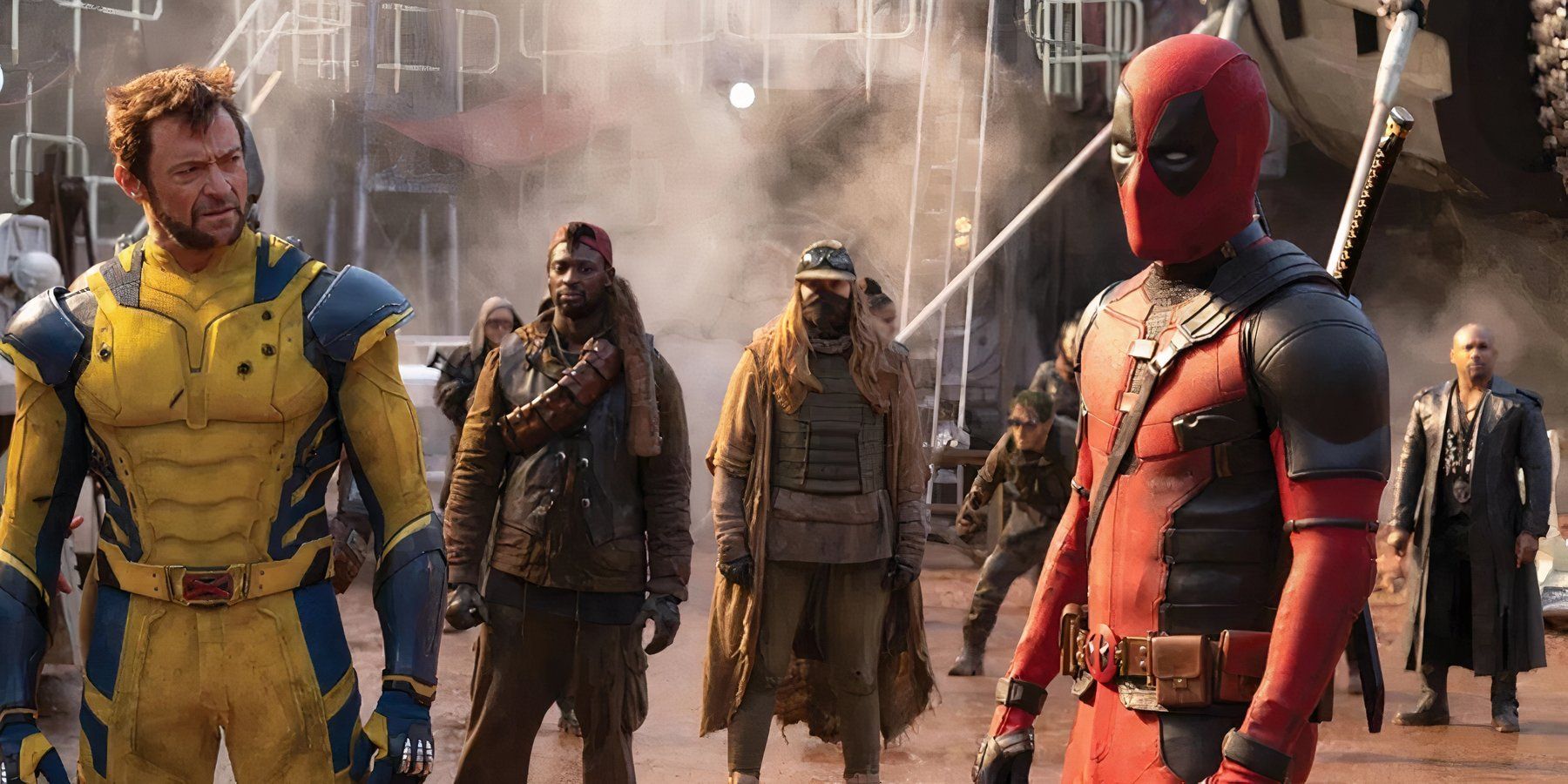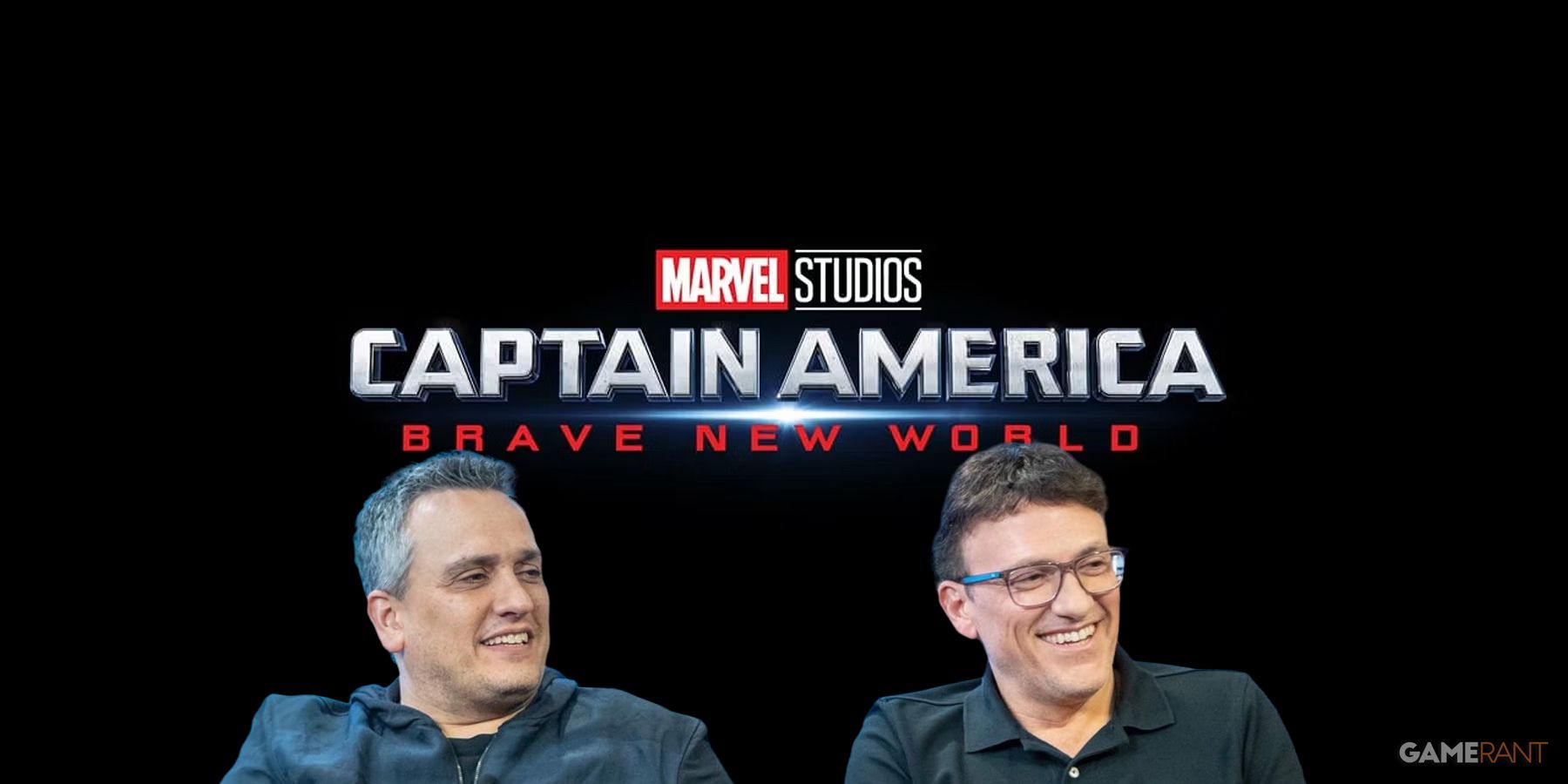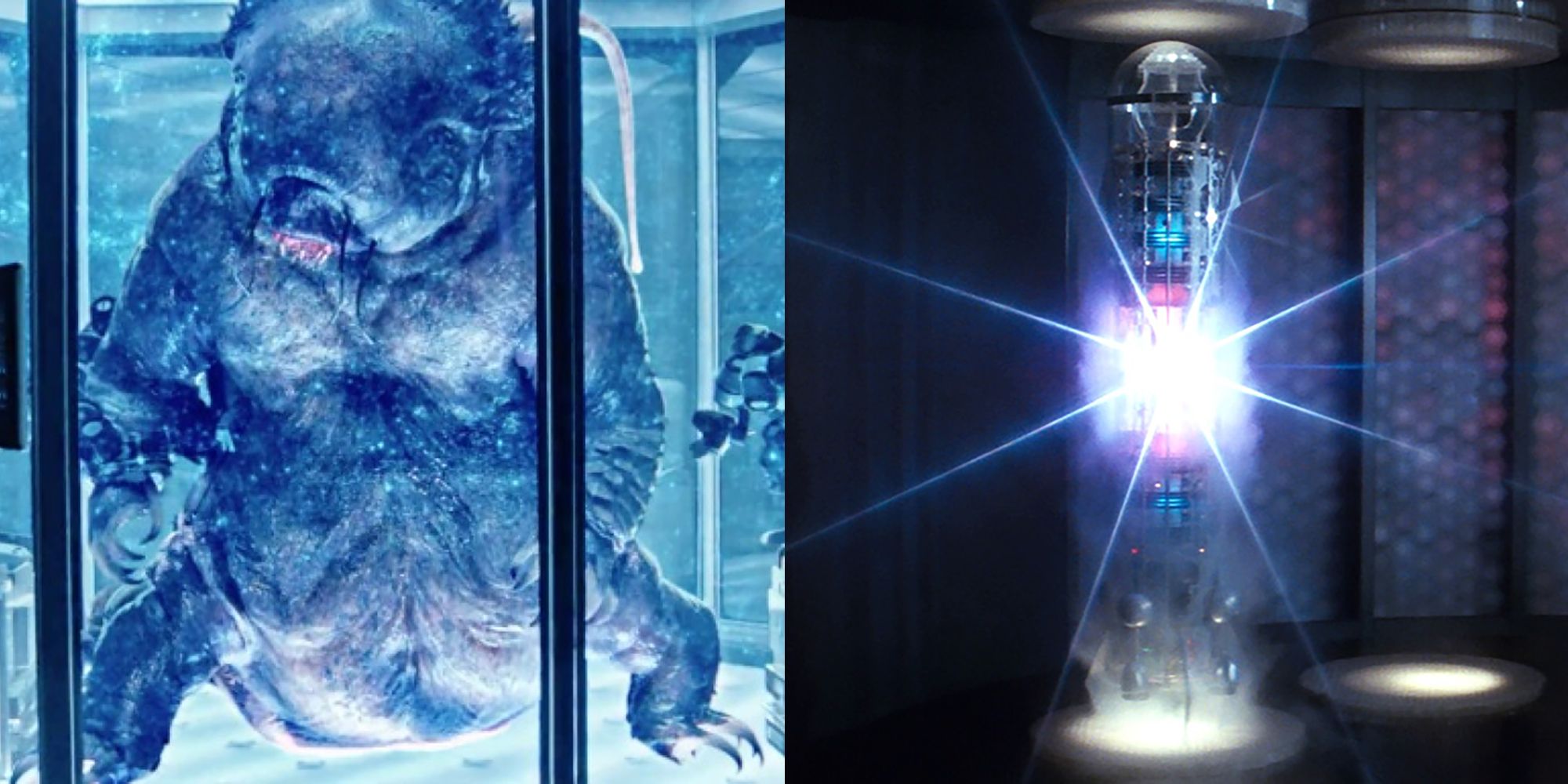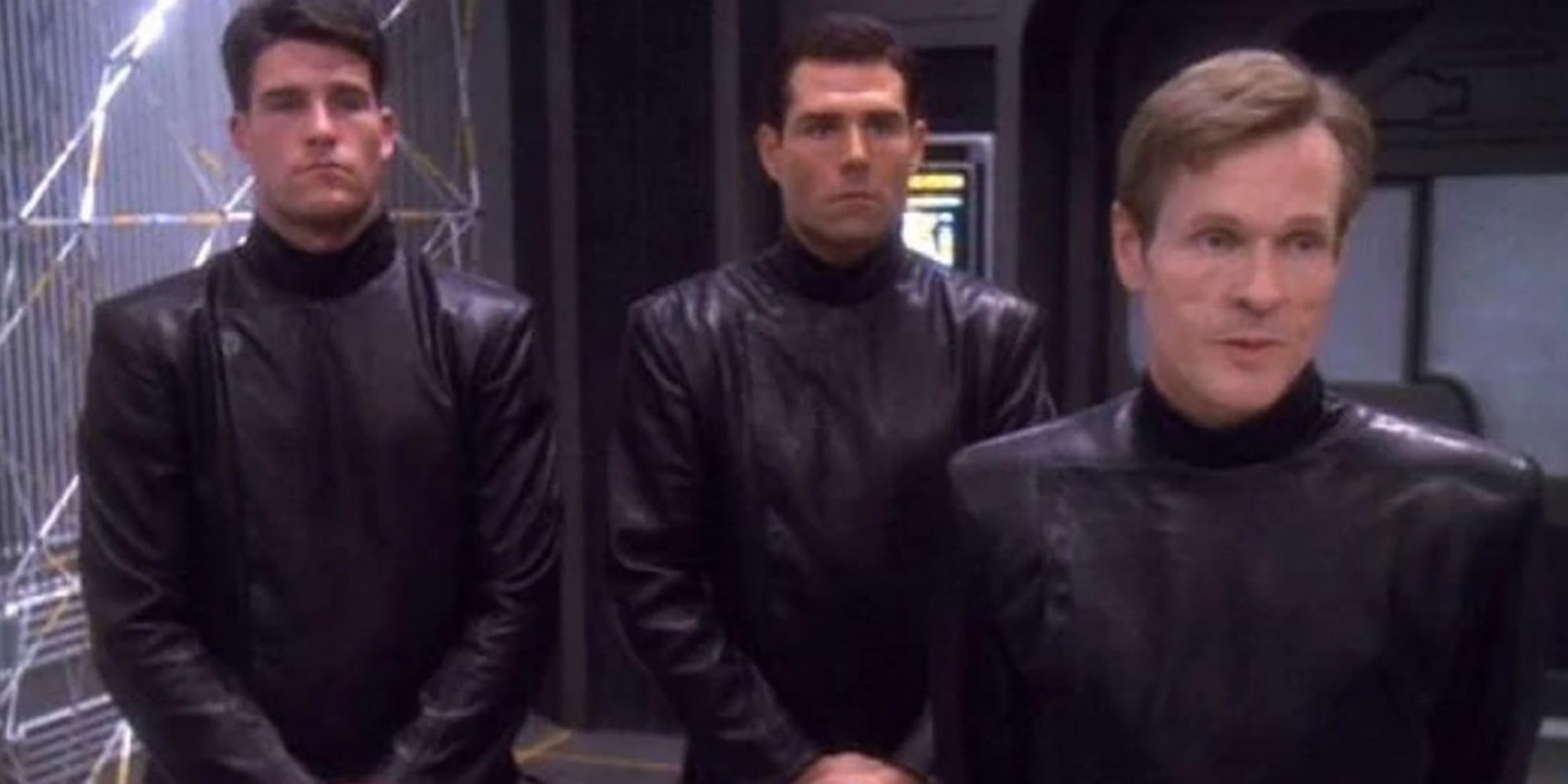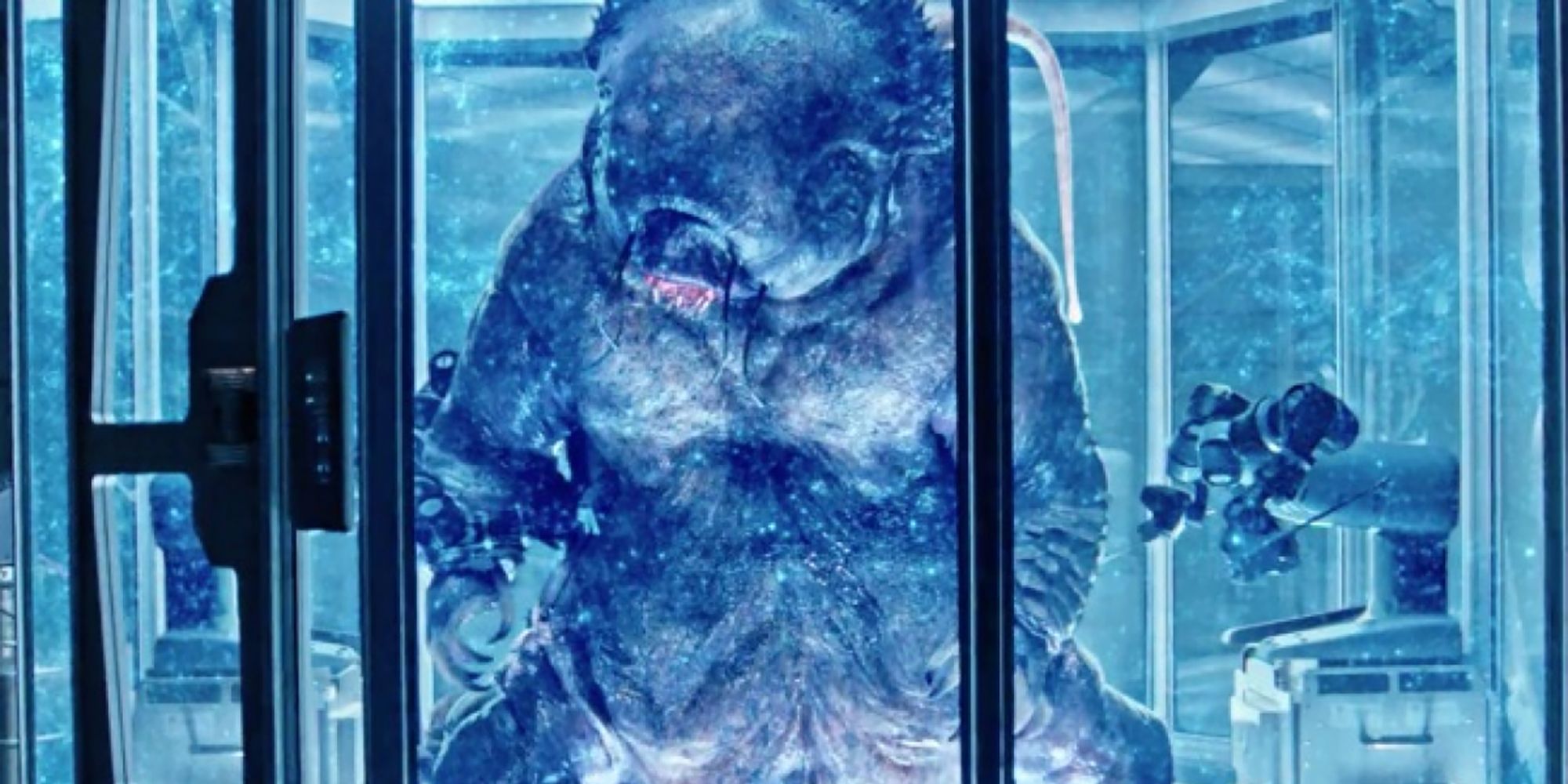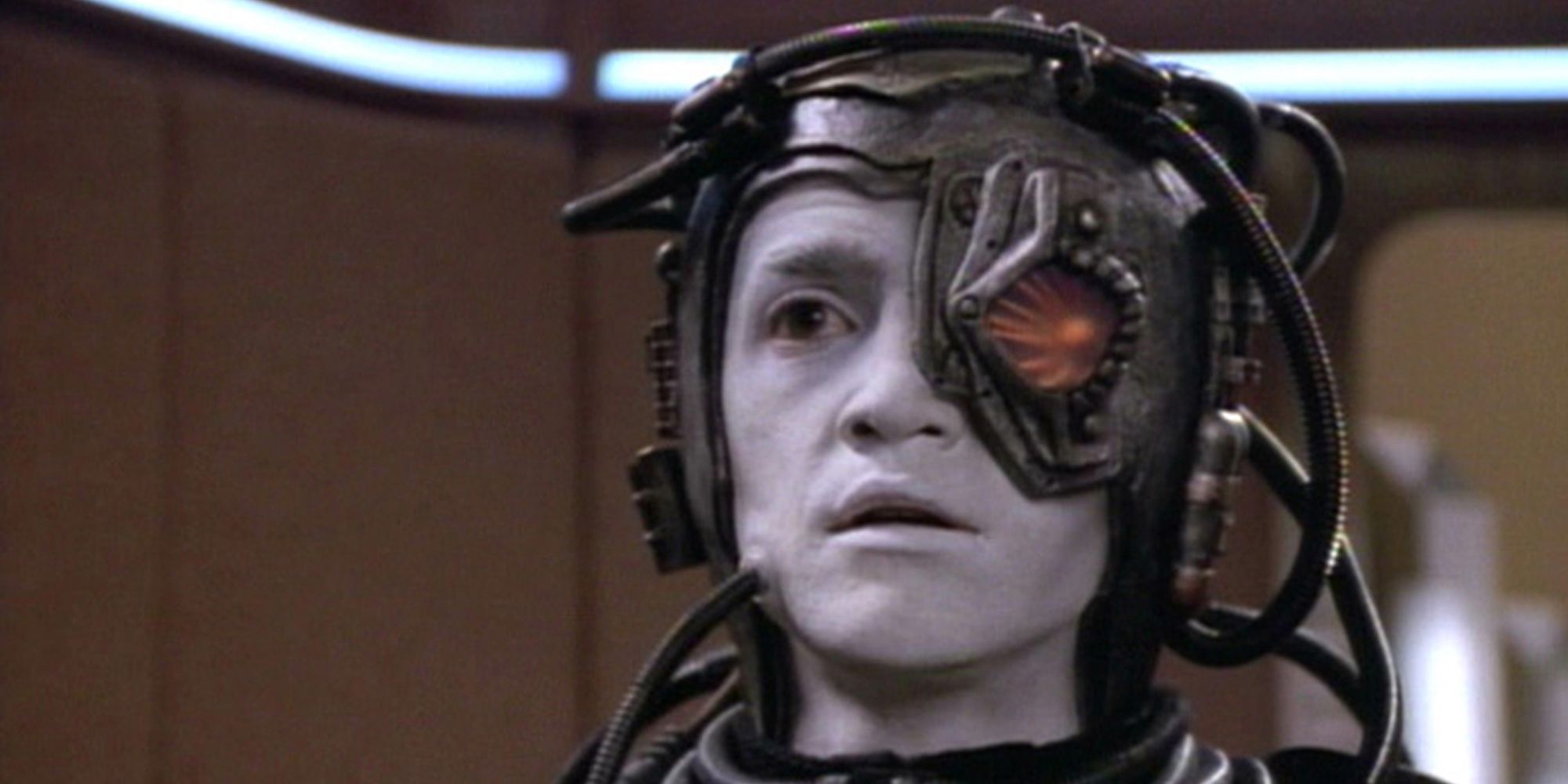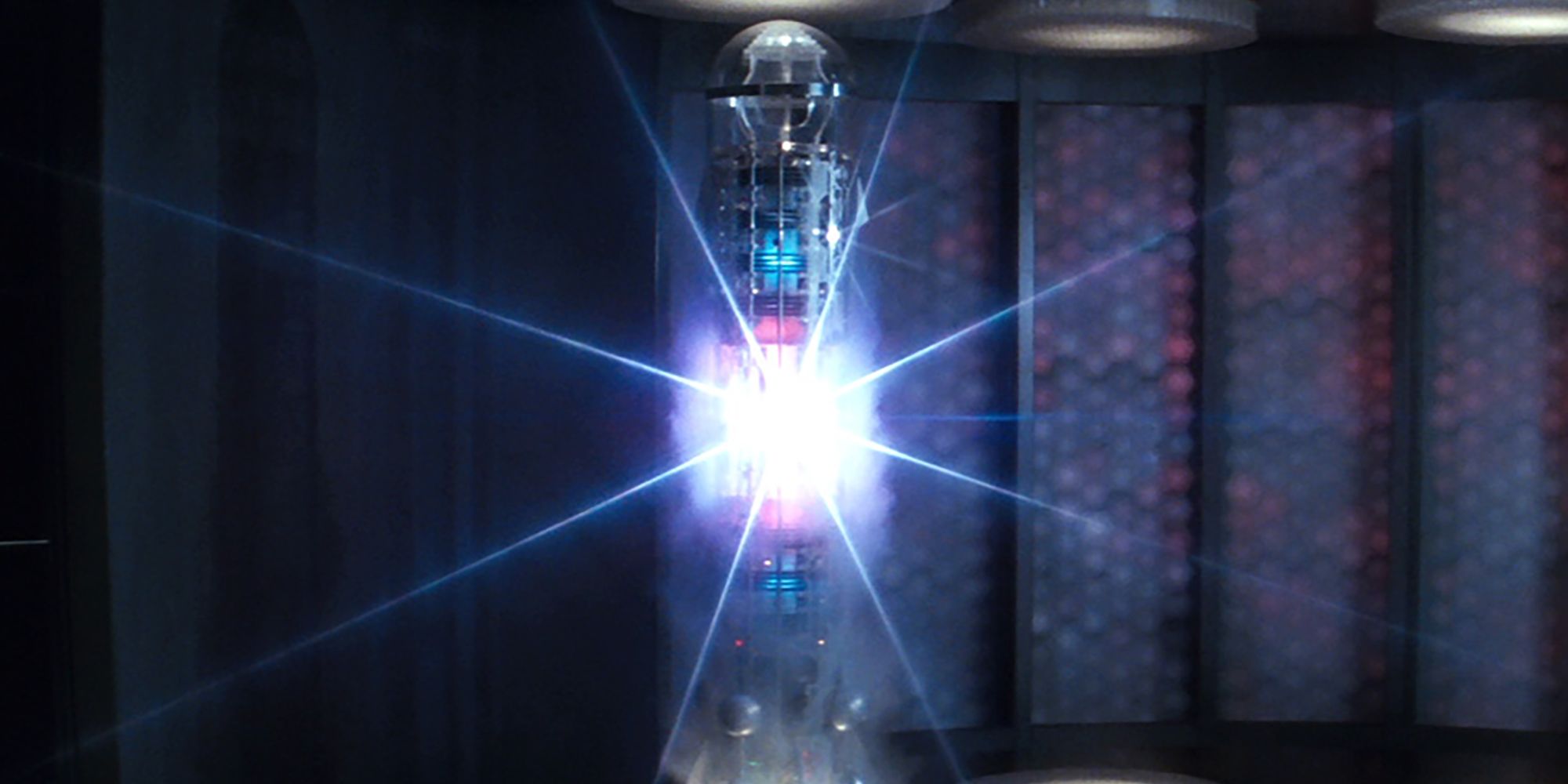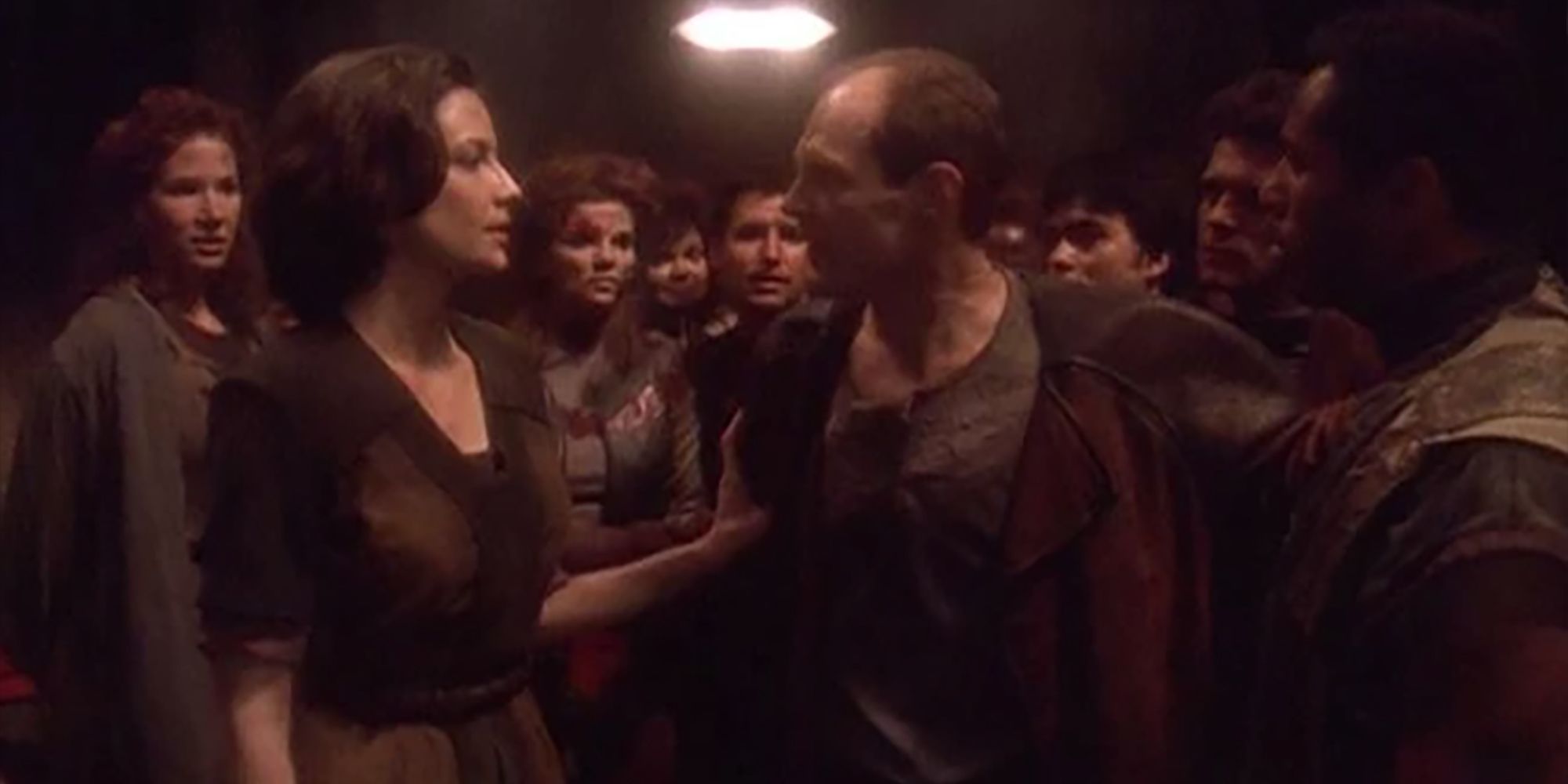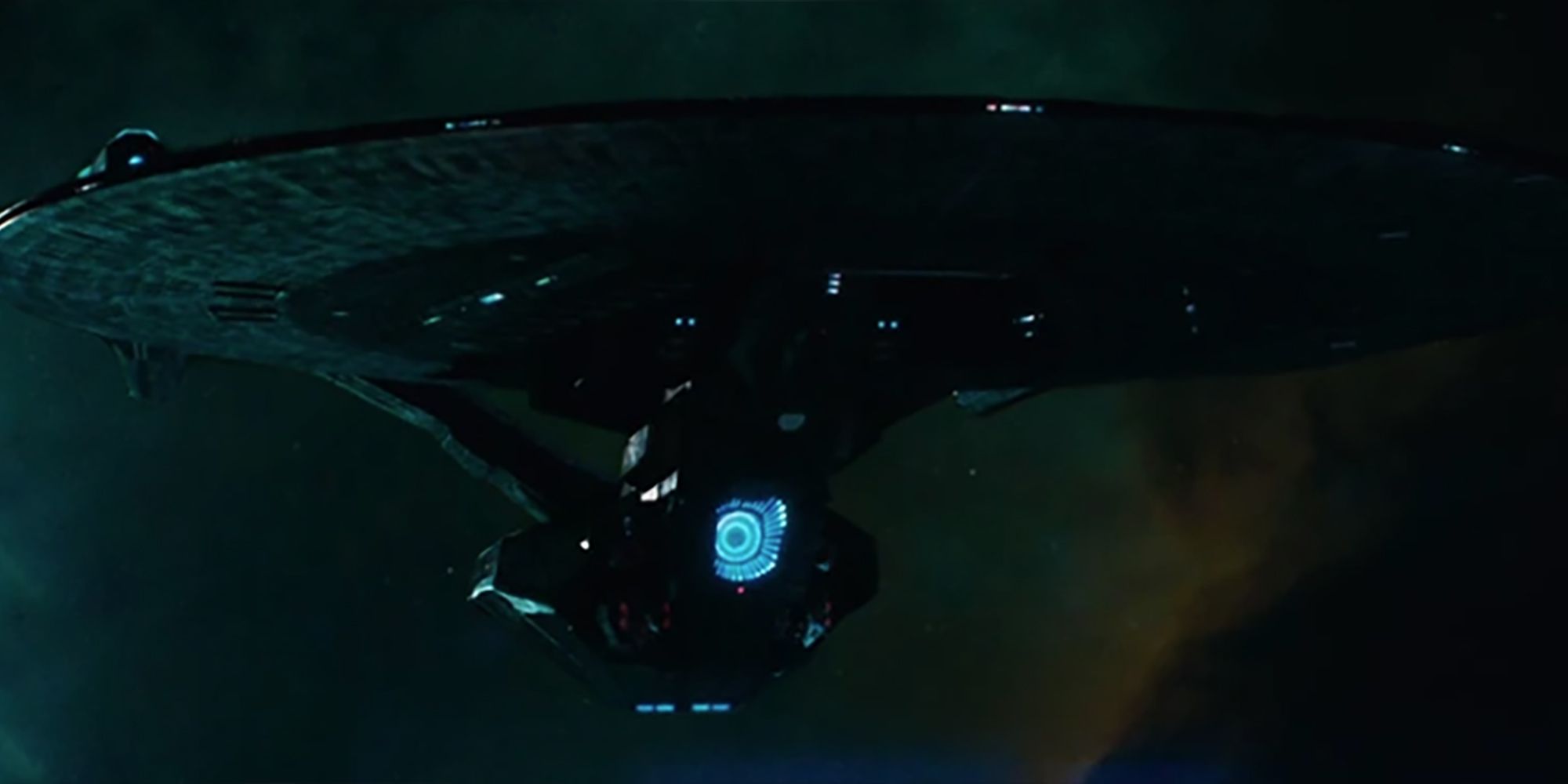In the universe of Star Trek, there are many forces and empires which come and go, but the United Federation of Planets has been around throughout almost every piece of Star Trek media. Generally considered “the good guys” with whatever crew is being followed generally working for the Federation, there have been shady moments in its past.
These often come in the form of the Federation attempting to make use of pieces of technology that are less well-regarded by the audience and in-universe characters alike. The Starfleet Federation was always meant to be the good guys, but sometimes they fall to the temptation of more power.
6 Section 31
It is simply wrong to think of Starfleet as having a secret agency operating without any accountability to anyone. Section 31, first shown in Deep Space Nine as an organization that operates under the guise of security for the Federation, is a dangerous idea.
The technologies used by Section 31, including holodeck psychological testing which was paramount to torturous manipulation, were horrifying to witness. The Federation has always been for exploration and peace, and this made it feel like a government obsessed with secretive warfare more than anything resembling the organization fans love.
5 The Tartigrade
In Star Trek: Discovery, the entire idea of the series surrounds Captain Lorca’s obsession with using science and his scientific vessel to help the Federation in their war against the Klingons. While this sort of major intergalactic conflict is a justifiable reason for searching for scientific weapons, some of their methods were less than agreeable.
One of the stranger pieces of technology used by the Discovery was actually a life form. The Tartigrade was an alien who was captured and kept on the ship to pilot their spore drive. The creature is trapped and suffering but the help it gives the Discovery allows them to save many other creatures. Still, going about it in this method presents one of the classic Star Trek morality questions.
4 The Borg Drone
Star Trek: The Next Generation’s Captain Picard was a worthy captain who always tried to do right. His morals were generally of the highest order, but his superior Admiral Nechayev wasn’t quite so concerned with what was right when it came to the Borg and in particular to an opportunity she was given to commit genocide against them.
The Borg are a dangerous species, but the Federation has always spoken as if they regard all life with sanctity. Instead, Nechayev forced Picard to give the order to send a Borg Drone, Hugh, to introduce a program to the Borg Collective that would destroy them. This order led to a near genocide and left another moral dilemma in the hearts of Star Trek fans. Fortunately, Picard has managed to live on as a beloved character.
3 The Genesis Device
Some of the other technological devices that Starfleet has created or used are questionable in nature, but the Genesis Device was just plain wrong. Dr. Carol Marcus created this device to terraform planets that were completely uninhabitable. Unfortunately, the device was capable of much worse than just that.
While it was Khan that sought to use the Genesis Device for the more horrifying capabilities of using it on a populated planet, Starfleet should have been more careful about allowing the creation of something under their jurisdiction that had this sort of power. They knew what it could do, and made it anyway, showing they either wanted the power of this weapon themselves or didn’t care that they were putting it out there.
2 Biological Warfare
Benjamin Sisko is one of the most morally gray leads in the Star Trek franchise. Deciding when faced with a terrorist that considers himself a hero in Michael Eddington to take on the role of a villain, Sisko begins using biological warfare against the Maquis that Eddington represents.
Sisko was only using the same tactics which Eddington had been using in poisoning Cardassian colonies, but it was still a huge surprise when he began retaliating in kind. Promising to do the same to every Maquis colony until Eddington surrenders himself to his custody, Sisko captures his man but in doing so, he definitely violates some of the core principles of Starfleet. Of course, it is also worth noting that the way Starfleet placed peace with the ruthless Cardassians above the wants and needs of their own people led to them displacing millions of Federation citizens and eventually creating the Maquis group that they then deemed terrorists for their desperate actions.
1 The USS-Vengeance
The Dreadnought-Class Starship introduced in Star Trek Into Darkness is an absolute terror, and the least peace-related piece of machinery ever developed by the Federation. Fortunately, Into Darkness made it clear that Admiral Marcus had gone rogue and was about as bad a guy as Khan himself, but that didn’t stop this brutal Starship from being created by Federation hands.
It was another Section 31 project, albeit in a different timeline from most of their other projects, which got far out of hand and produced a deadly ship that, much like the Genesis Device, fell into the hands of Khan to be used as a weapon. The USS Vengeance was even more solely produced for warfare than any of the Starships created by the Federation when they were actually at war.

